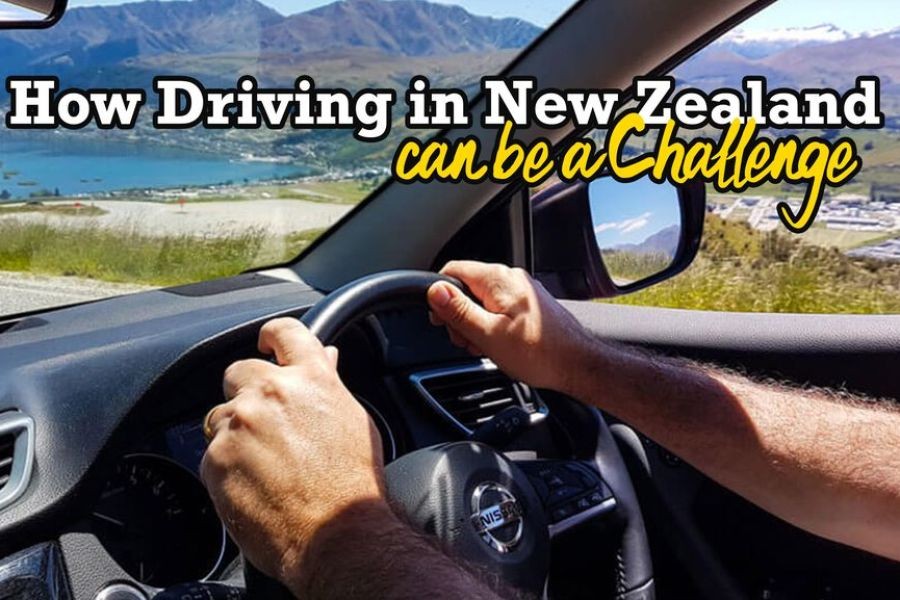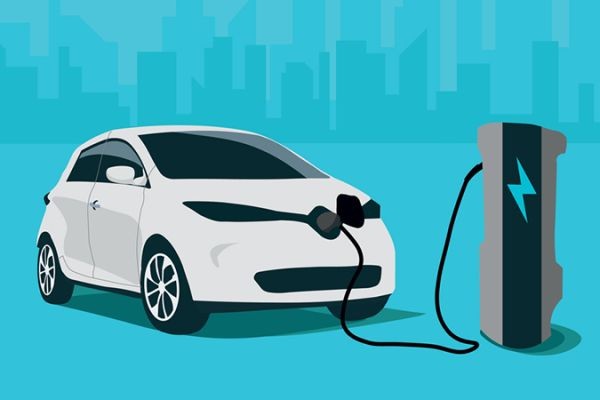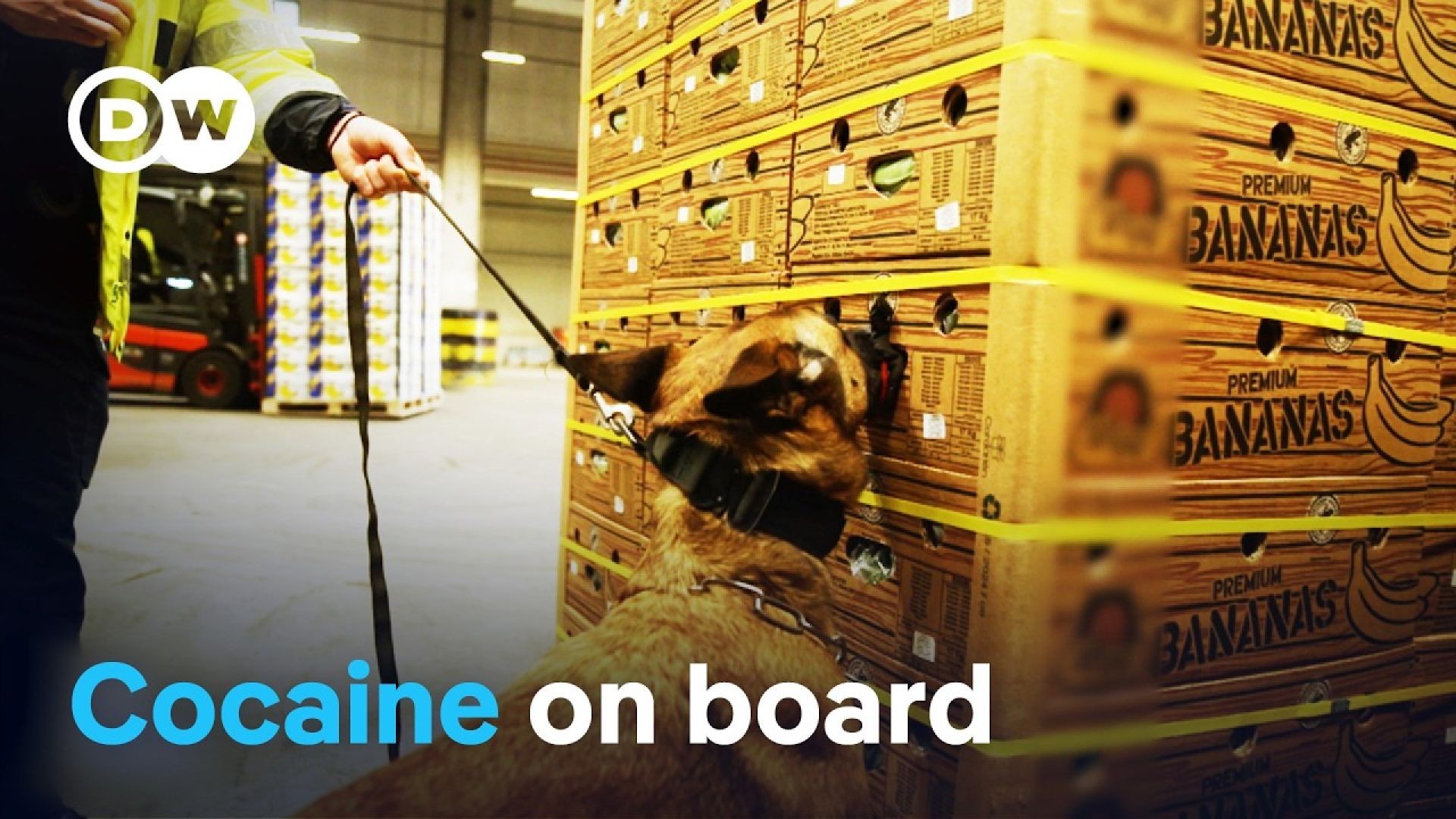When it comes to driving in New Zealand, perceptions often don't match reality. Despite the country’s picturesque landscapes and well-maintained roads, many argue that driving here is more perilous than it appears. This article delves into the statistics, regulations, and real-world experiences to assess whether Kiwi roads are indeed riskier than advertised.
The Current State of Driving in New Zealand
New Zealand's road network spans approximately 94,000 kilometers, with over 3.5 million vehicles registered as of 2023. According to Stats NZ, the country witnessed a 12% increase in vehicle registrations over the last five years, reflecting a growing reliance on automobiles. Yet, this rise in vehicle numbers comes with its own set of challenges.
Data from the Ministry of Transport reveals that in 2022, there were 318 road fatalities, translating to a rate of 6.3 deaths per 100,000 people. While this rate is lower than the global average of 17.4, it's higher than some other OECD countries, raising questions about road safety standards and enforcement.
Real-World Case Study: The SH1 Dilemma
State Highway 1 (SH1), New Zealand's longest and most crucial highway, offers a vivid example of the driving challenges faced in the country.
Problem:
SH1 is notorious for its winding roads and frequent congestion, especially around Auckland and Wellington. The highway sees a high volume of traffic, leading to increased accident rates. In 2022, SH1 accounted for 18% of the country's road accidents, with 56 fatalities attributed to crashes on this route.
Action:
In response, the government initiated a $2 billion upgrade plan, aimed at widening lanes, improving signage, and installing median barriers. These measures were designed to not only enhance safety but also reduce congestion.
Result:
Preliminary results indicate a 15% reduction in accidents on upgraded sections of SH1, with fatalities down by 20%. This case underscores the importance of infrastructure investment in mitigating road safety risks.
Takeaway:
Improving road conditions can significantly enhance safety. However, as the SH1 example illustrates, such improvements require substantial investment and time. For property investors, these upgrades can signal future growth in adjacent areas, offering potential investment opportunities.
Common Myths About Driving in New Zealand
- Myth: "New Zealand roads are among the safest in the world." Reality: While relatively safe, NZ roads have a higher fatality rate than many OECD countries.
- Myth: "All rural roads are well-maintained." Reality: Many rural roads lack adequate lighting and signage, making night driving hazardous.
- Myth: "Tourists cause most accidents." Reality: Stats NZ shows that tourists are involved in only 6% of total road accidents, challenging the stereotype.
Debate: Is Driving in New Zealand Riskier Than Advertised?
Opinions vary on whether New Zealand's roads are more dangerous than they appear. Advocates argue that the roads are well-maintained and the accident rates are a result of driver error, not infrastructure issues. The Ministry of Transport's data supports this, indicating that 55% of accidents involve speeding or other driver-related factors.
Critics, however, point to inadequate rural roads and inconsistent signage as contributing factors. They argue that the lack of public transport options forces more people onto the roads, increasing the likelihood of accidents. The middle ground suggests that while infrastructure plays a role, driver education and enforcement of traffic laws are equally crucial for improving road safety.
Pros and Cons of Driving in New Zealand
Pros:
- Stunning landscapes make for enjoyable drives.
- Well-maintained highways in urban areas.
- Ongoing government investment in road safety.
Cons:
- High accident rates in rural areas.
- Inconsistent road signage.
- Lack of alternative transport options in many regions.
Future Trends in New Zealand’s Road Safety
Looking ahead, the future of road safety in New Zealand is likely to be shaped by technological advancements and policy changes. The government is investing in intelligent transport systems (ITS) to enhance traffic management and safety. By 2028, the Ministry of Transport aims to reduce road fatalities by 40% through these initiatives and increased driver education programs.
Moreover, the adoption of electric and autonomous vehicles is expected to change driving dynamics. According to a PwC report, New Zealand could see a 60% increase in electric vehicle adoption by 2030, potentially reducing emissions and altering road safety statistics.
Final Takeaways
- New Zealand roads, while scenic, pose unique safety challenges.
- Infrastructure investment is crucial for reducing accident rates.
- Driver behavior plays a significant role in road safety.
- Future trends in ITS and electric vehicles may improve safety.
As a property investment specialist, understanding these dynamics is crucial. Improved road safety can lead to increased property values in certain areas, making it a factor worth considering in investment decisions. What are your thoughts on New Zealand's driving conditions? Share your insights below!
People Also Ask (FAQ)
- How does driving in New Zealand impact property investment?
Safer roads can increase property values in surrounding areas, offering potential investment opportunities.
- What are the biggest misconceptions about driving in New Zealand?
One common myth is that all rural roads are well-maintained, while in reality, many lack adequate infrastructure.
- What upcoming changes in New Zealand could affect driving conditions?
By 2028, policy updates and ITS initiatives aim to reduce road fatalities by 40%.
Related Search Queries
- Road safety statistics New Zealand
- New Zealand driving conditions
- Impact of road infrastructure on property values
- Future of electric vehicles in New Zealand
- Driver education programs in New Zealand






























